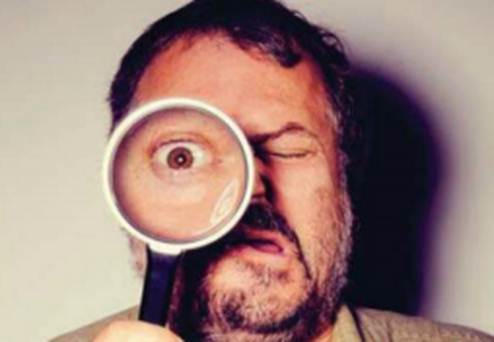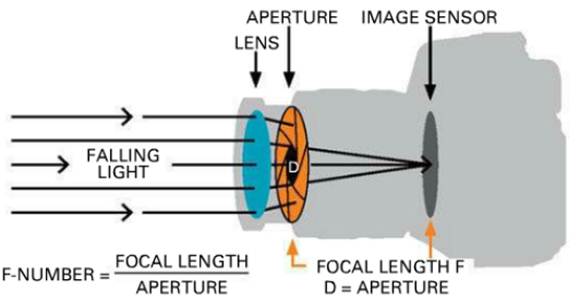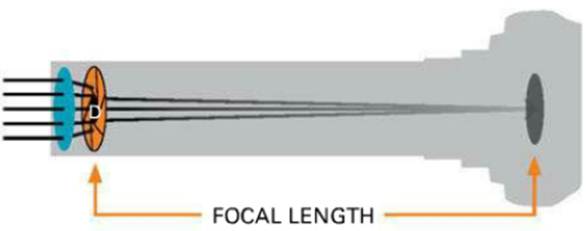Compact Ultra Zoom cameras are practical and
can capture objects from far away. But is the image quality much better than a
digital zoom?

Optical zoom: better than digital?
The Myth
Capturing objects from a distance away
requires a camera with a large zoom factor. Photos taken with an optical zoom
always have more detail than those captured as a larger scene and then
zoomed-in using a PC.
The Truth
In principle, the assumption that an
optical zoom delivers better image quality than a digital one is correct.
However, the camera must first fulfill certain conditions, and this is where
many compact digital cameras are pushed to their limits.
The camera lens determines the zoom factor
of a camera. The quality of a lens is mostly determined by its F-number, i.e.
the amount of light that can be allowed through the lens and onto the image
sensor. More light entering means more image details can be recorded without
needing to increase its exposure time. Good lenses have an F-number of 1:1.2,
which corresponds to the inverse of the lowest F-number of the lens. This
number is calculated from the ration of the focal length and the diameter of
the maximum opening of the aperture of the lens. If a lens has a focal length
of 50mm and a maximum aperture opening of 25mm, this results in an F-number of
f/2 and the F-number of 1:2.0. This opening can be reduced by lowering the
aperture -- something better cameras allow. Every enlargement of the aperture
by one stop (reducing the opening by  ), however, halves the light volume. This can only be compensated by
longer exposure time.
), however, halves the light volume. This can only be compensated by
longer exposure time.
So, if one increases the focal length by
optically zooming, the F-number also increases at the maximum opening and the
volume of light entire is reduced. A good telephoto lens compensates this
through an enormously large diameter at the opening. This, sadly, is often not
the case with small cameras. The maximum opening here is often so small that
the large focal lengths result in very high F-numbers. This means very little
light falls on the sensor, and because exposure time automatically needs to
compensate this, it's difficult to avoid motion blurs caused by shaky hands.
Only when the ratio of the maximum opening
and the focal length matches well can sharp and detail-rich pictures be
captured. It's therefore much better to capture a picture in wide and then
subsequently zoom-in and enlarged on the PC, which offers better image quality
in this case.
The meaning of F-number
F-numbers of cameras correspond to the ratio
of the focal length, f and the aperture D (example: if f = 50 mm, D = 25 mm,
the F-number is 50/25 = 2 = f/2).

The
meaning of F-number
Light quantity and apertures
The aperture specifies the light quantity
falling on the sensor. For each aperture stop (reduction by  ), the light quantity is halved.
), the light quantity is halved.

Light
quantity and apertures
Small opening, less light
Small digital cameras often have only small
openings. Zooming results in high F-numbers and the little light fall on the
sensor
Consequences: image noise, less details,
shaky photos.

Small
opening, less light